- Call us: 01444 237070
- Contact Us
- Stores
- Sign In / Register
-
- Back
- Used Cameras
- Used Accessories
- Used Lenses
- Used Video
- Used Film Equipment
- Used Stock Alert
- Used Blank Test
- Sell or Part Exchange
- Used Clearance
- Recently Added Used Equipment
- Park Picks
- All Used Black Friday Deals
- Faulty
- Used Week Offers
- Back
- Trade-In
- Blog
- New in
- Call us
- Contact us
- Stores
- Sign in
- Categories
- Tips & Inspiration
- Reviews
- News
- Events
- Features
- Buying Guides
- Competitions
Complete Guide to Nature Macro Photography
As part of our #stayathome project ideas for photography, I have put together a complete guide to nature macro photography that you can do from your garden, or locally if you have a green space nearby. We look at:
- The best lenses for macro
- Camera settings including aperture and ISO
- Manual or autofocus?
- Whether you need a tripod for nature macro
- Best lighting conditions to shoot in
- Nature subjects and creative ideas
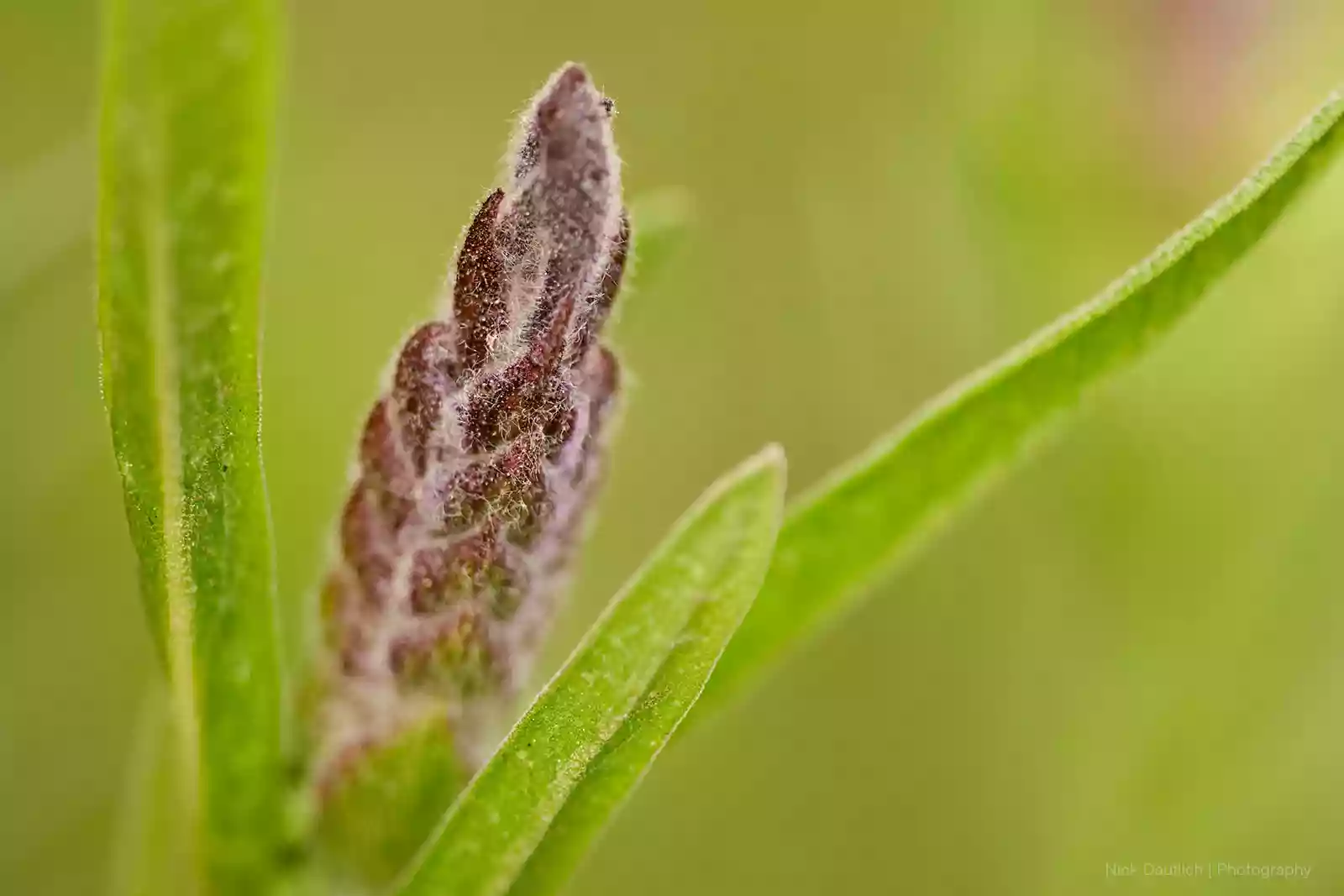
All of the images in this post have been shot during the UK lockdown for the Corvid-19 pandemic. They were captured from either our small garden or during our local permitted exercise daily walk. The lockdown is an ideal time to try something new and hone your skills in photography. Why not try out macro or develop your skills during this time?
THE BEST LENSES FOR MACRO
Every camera manufacturer makes macro lenses as well as incredibly popular third party manufacturers such as Sigma and Tamron. These will range in length from around 35mm up to 200mm. One of the most popular focal lengths is around 90mm as this provides excellent reach without being too large and heavy. A real advantage of a macro is the ability to use the lens for ‘normal’ shooting as well. This is something worth considering when choosing a focal length to buy.
*Update - We recently added a completely new range of Laowa lenses to our portfolio. These are predominantly made up of manual focusing models. The optical quality of their range is extremely high while remaining cost effective, well suited for beginners through to professionals. With 1:1 magnification through to an incredible 5:1 (five x life-size) these are definitely worth exploring if you love this style of photography.
For example if you also enjoy portraits you may choose a short telephoto length such as 90mm or 105mm. If you also shoot at standard focal lengths for street or documentary you might choose wider focal lengths such as 35mm or 50mm.
Do you need 1:1 ‘true macro’ or is 1:2 good enough? This comes down to personal choice as well as the subjects you intend to photograph. 1:2 lenses are still real macro capable, however the subject will be half the magnification of a 1:1. I personally use a Sony mount 65mm Voigtlander and the detail which can be achieved on the Sony A7riii is astonishing. If you intend to shoot really tiny subjects such as ants for example, a 1:1 capable lens may be best suited for your needs.
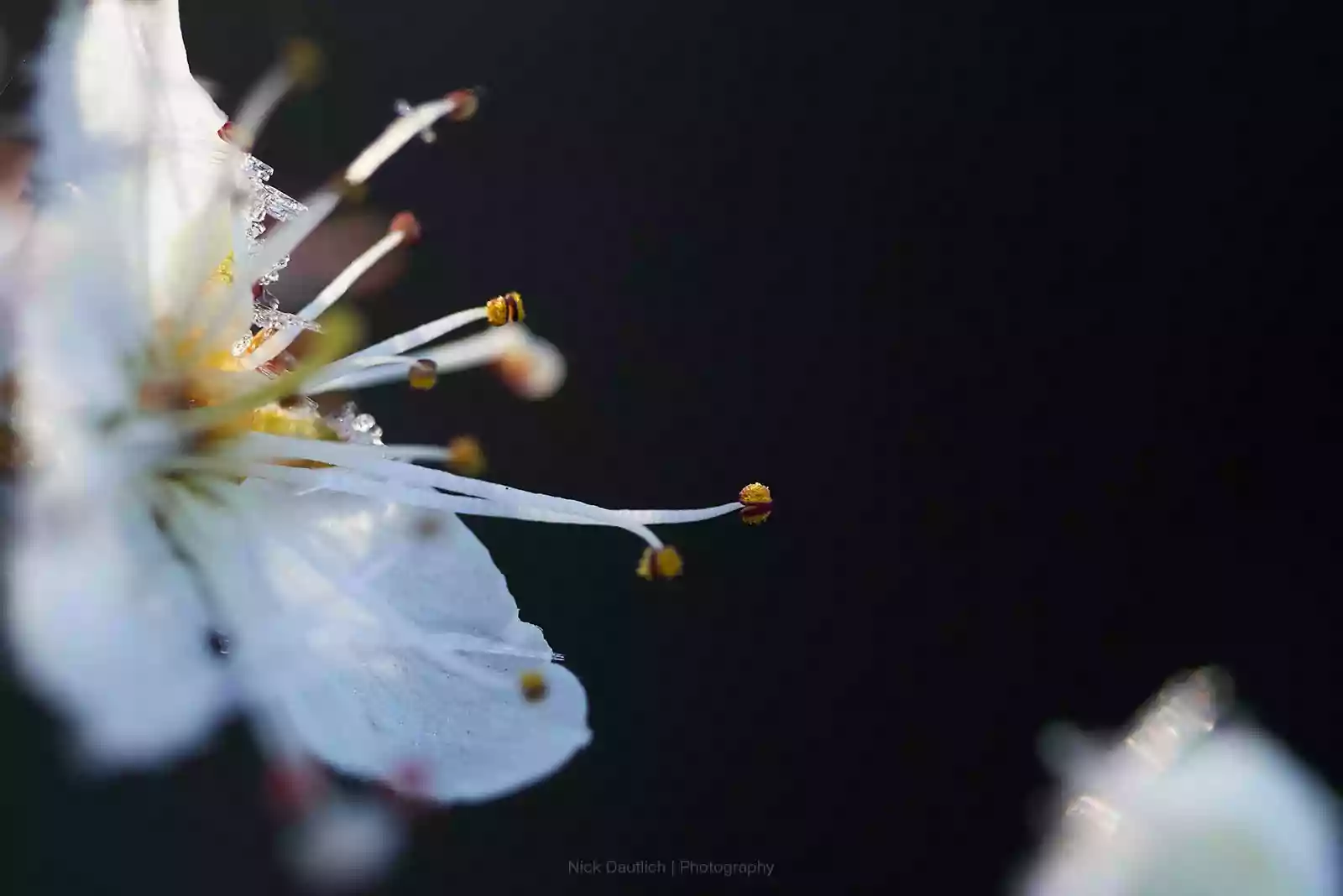
Consider the resolution of your camera and whether you are happy to crop images to fill the frame if you cannot get close enough to your subject. Main considerations when choosing a macro specific lens are:
- Focal length - will you get very close to your subjects? If you do a shorter focal length will work well, however if your subjects will be further away a longer length is best.
- Aperture - a brighter aperture (wider) will allow more light to enter the lens as it will be shooting faster. Anywhere up to f/4 is ideal.
- Size and weight - The longer the lens and the brighter the aperture the larger and heavier the lens will tend to be. If you choose a larger model consider an accompanying tripod or look for image stabilisation.
- Manual focus only? Some lenses are manual focus only for macro. This may be recommended if you are keen to shoot any subject with the lens manually. If this doesn’t appeal and you will use the lens in normal mode, consider autofocus options.
- Near focal distance - How close can the lens get to your subject? Around 30cm is a useful range to look for, although again this depends on your subjects. If you photography skittish insects this could be too close and they will buzz off.
- Image stabilisation - Having a lens which can stabilise can be useful particularly when using it as a normal lens. For macro the movement can potentially be slightly off-putting as you will see your subject move slightly.
If you are on a restricted budget or would like to consider macro without the commitment of a dedicated lens, you might consider a conversion lens such as an extension tube. This allows you to convert any lens you have to a macro capable lens. This works by moving the lens further away from the sensor and magnifying the image. Whilst this is ideal as a try out you may find the quality and sharpness is somewhat lesser than a true macro option.
A telephoto lens as the last option for macro which may come as a surprise. Many telephoto’s will enable you to get extremely close to small objects from just a few feet away and provide an excellent versatile option to a dedicated macro.
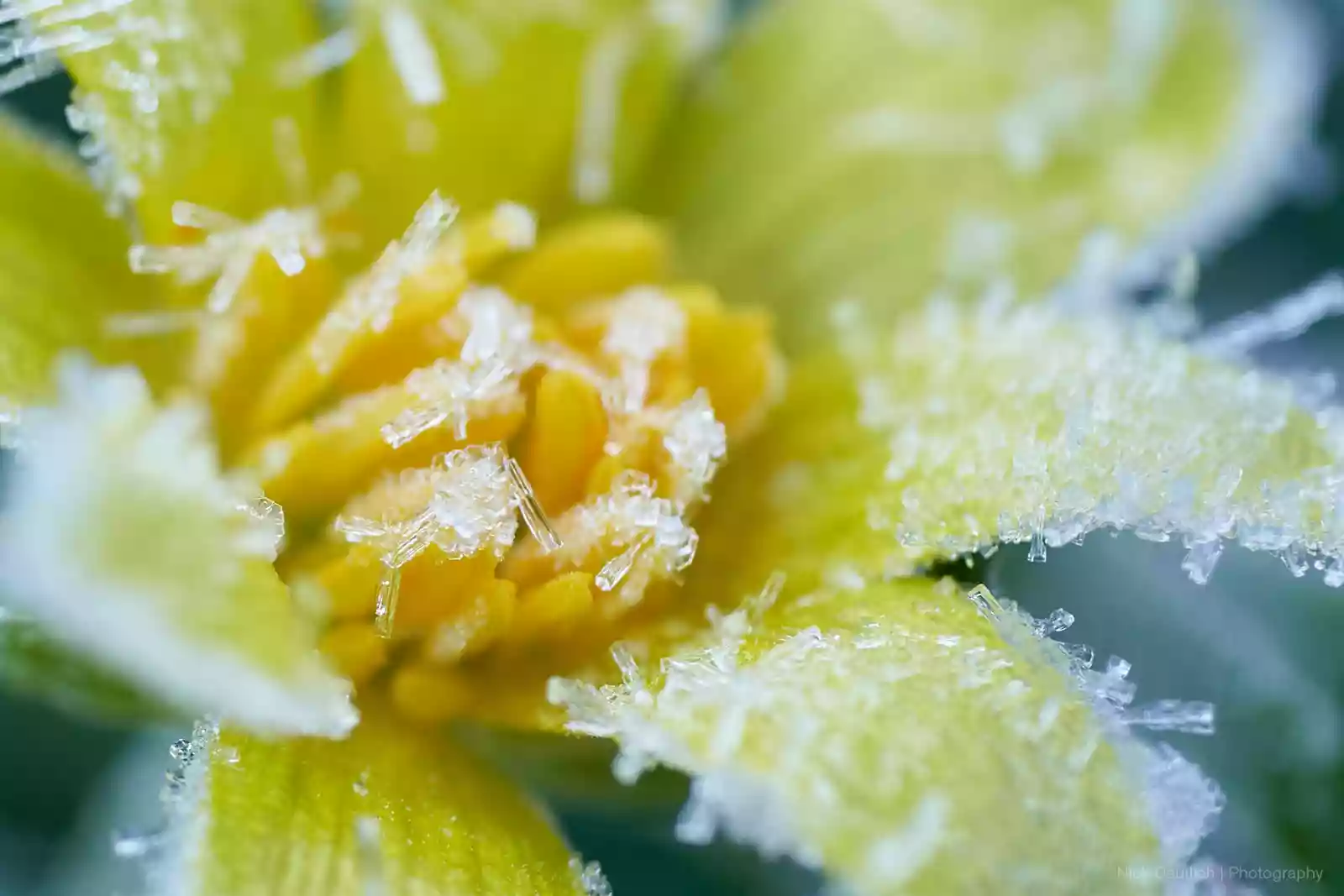
Camera settings including aperture, speed and ISO
Camera settings for nature macro will depend on your subject and style of shooting as well as your vision for creative ideas. Environmental factors become very important when shooting outdoors; is it windy, bright or overcast for example.
Aperture. Faster lenses with really wide apertures such as f/1.2 or f/2 will allow more light in, but the focal plane will be extremely narrow at these apertures when shooting close-up. Narrower apertures of f/8 and above will require you to have brighter conditions or shoot extremely steadily, probably on a tripod. Trying out and experimenting is key to establishing which settings suit your subject. I find concentrating on tiny areas of a subject quite interesting and use an aperture of between f/2-f/4 works for me. The plane of focus is extremely narrow, however the background stays particularly soft which is pleasing.
Shooting speed depends again on your subject choice and the environmental conditions. If your subject has beating wings which you want to freeze for example, you might need to shoot at 1/2000th second to stop motion blur. For stationary objects and wind-free conditions you may be able to shoot at any speed up to a couple of seconds if you camera is tripod mounted.
ISO requirements will depend on the available light and how fast you need to shoot, together with what your subject is and how far away the background is. Noise is well controlled by most modern cameras up to around ISO 800 or thereabouts. This does give you flexibility to match your exposure triangle between aperture, speed and ISO. If the subject has a lot of detail you might find you need a lower ISO. The lower the ISO the cleaner your files will be with more smooth noise-free backgrounds. Post processing can remove some noise and Capture One version 20 has been completely overhauled with excellent noise reduction. This helps to retain detail even when reducing noise or colour noise in particular.
"Overall, aim to get the balance right between speed, aperture and ISO to capture the image you desire. Shooting too slowly will result in blurry images and shooting at higher ISO means you’ll lose details due to noise".

Burst mode can be particularly useful when hand-holding and can give you a better chance of hitting perfect focus. This will only work at slightly higher speeds as the camera will move as you depress the shutter. If you are mounted on a tripod, a cable release or remote control allows you to trigger the camera without any movement at all. If you don’t have a trigger you might want to use the shutter delay feature anywhere between two and five seconds to avoid shake. The downside of this is that if there is any movement at all you might find the delay renders your subject out of focus.
PRO TIP: When you’ve completed your macro shot or series of shots on one subject, always zoom in to the highest magnification to check focus was achieved where you wanted it. Do this before moving on to another shot to avoid disappointment when you look at your images on a larger screen. You won’t easily to be able to recreate the same shot another day when making images of nature outdoors.
Manual or autofocus?
For windy conditions or moving subjects such as flying bees and butterflies, autofocus is well worth considering unless you’ve really been practising manual focus. Despite this, on the whole I would recommend manual focus where possible. Manual allows you to pin-point your chosen areas of focus regardless of what the camera might choose. Generally focusing on the nearest point is most pleasing to the human eye (with exceptions of course) and a camera could easily pick the wrong point with AF. Manual adjustments also allow you completely nail 100% accuracy. It can be very hard for a camera to second guess which point you want to ensure is sharp with extreme close-ups where the focal plane is very thin. Manual means you alone make these choices and can decide which is your point of interest.
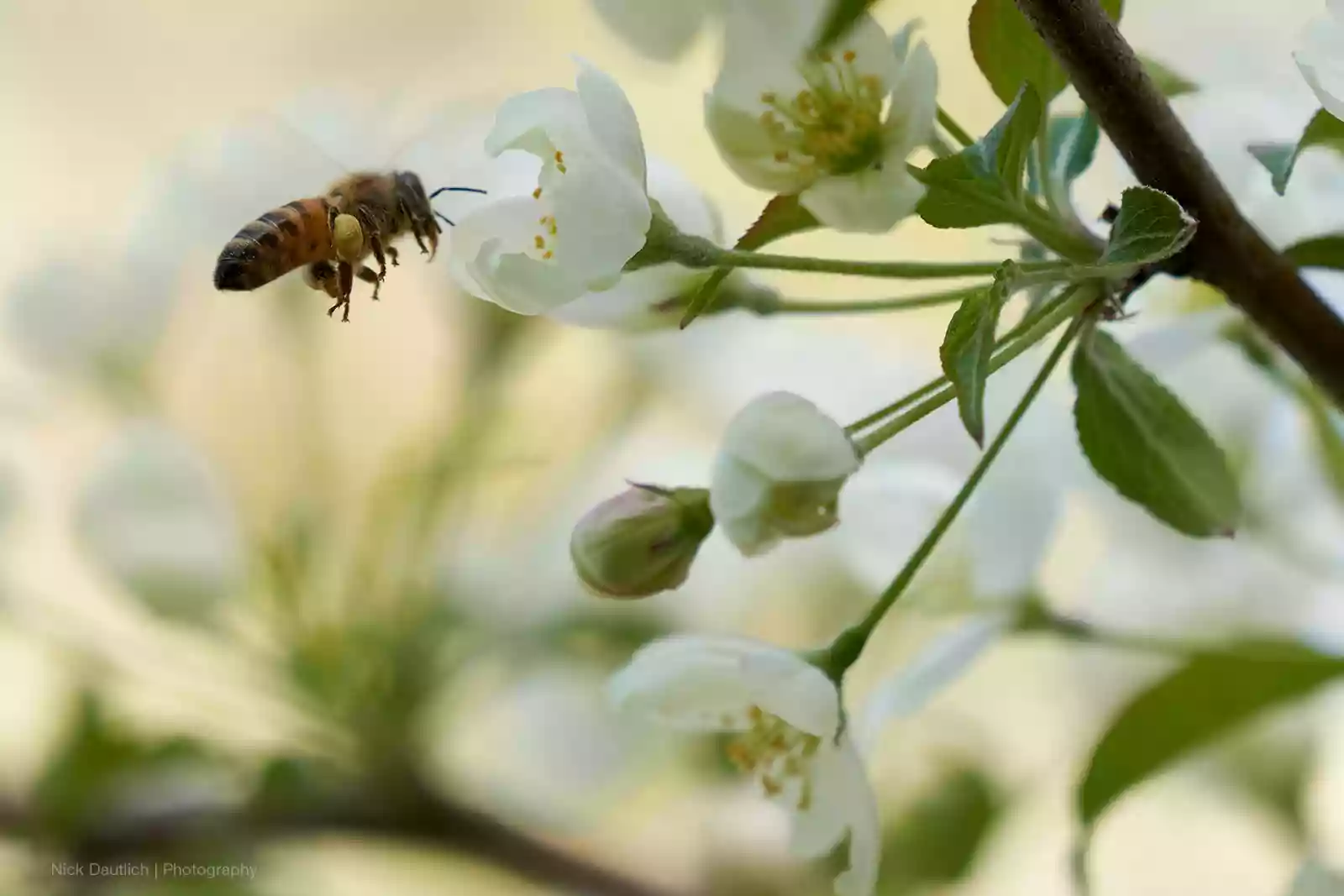
Zooming in with the viewfinder or LCD to magnify your image allows you to fine tune your focal point. This can make composing harder, but position the focus point in the right place prior to magnification will help maintain composition.
PRO TIP: Focus stacking can allow you to achieve front to back sharpness with macro just as it does with product, landscape or interior images. Bear in mind your subject will have to be completely still with no movement whatsoever. Simply shoot a series of images as required and stitch them in post production using Photoshop.
PRO TIP 2: If you are manual focussing, try and rock back and forth with tiny motions to allow your lens to get millimetres closer and further from your subject. Tiny rocking and burst shooting will give you an excellent chance of success.
Do you need a tripod for macro images?
If you are on the move and looking for natural subjects which come and go, you probably won’t want to bring a tripod. They can be quite cumbersome where even the tiniest positioning adjustment can make a huge difference. In these cases hand-holding provides the most flexible approach.
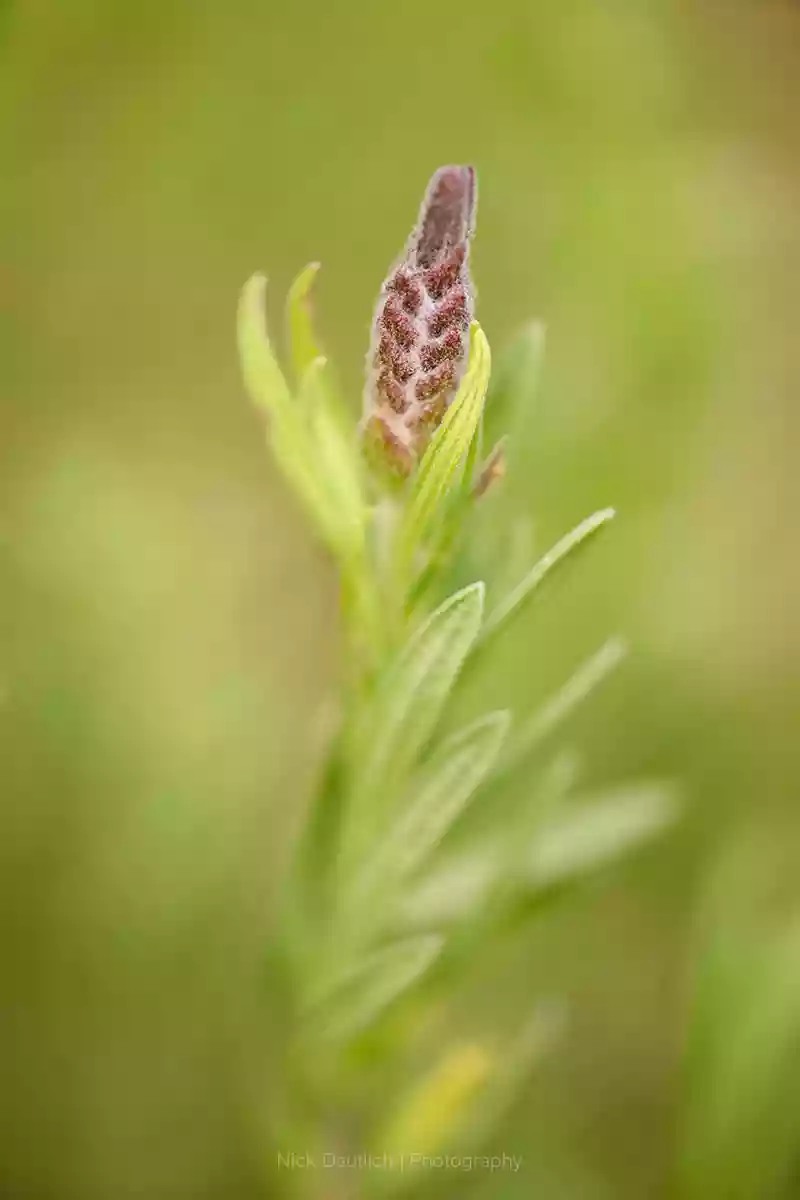
That being said, there are distinct advantages to shooting macro from a tripod (check our huge range of options).
Using a tripod when you have no wind or subject movement will allow you to shoot at slower speeds and at lower ISO’s, resulting in cleaner images. You can also focus stack from a tripod in those instances, where you want front to back focus. Likewise you can use narrower apertures for greater depth of field, which can be hard to achieve with hand holding due to speed constraints. The images on this blog were made using a combination of handheld and tripod mounted shots. Different situations presented different options.
As a landscape photographer I have got to know how to make tripod adjustments intuitively without looking down at my ballhead. This allows for faster composition adjustments and is appropriate for macro shooting as well. Getting to know your gear with this free time will allow you to be faster and more accurate.
PRO TIP: If you want the best option for a macro-ready tripod, look for one without a centre column or with a reversible centre column. (A reversible column allows you to mount it upside down). Centre columns can stop you being able to get really low to the ground, which will often be required for macro work.
Best lighting conditions for nature macro images
As with all styles of naturally lit photography, harsh midday light or harsh sunny conditions can be the hardest to photograph pleasingly. It is not recommended to shoot macro images in direct sunlight. Whites will blow out, shadows will be too dark and the contrast will eradicate a lot of fine details.
Depending on the creative style you are trying to achieve with the image you make, here are some lighting conditions to incorporate:
Reflected light - can be wonderful for colour and subtle highlights
Overcast or cloudy light is good to keep the dynamic range manageable.
Directional light or backlight can allow points of focus to be highlighted as well as creating bokeh balls and dreamy images.
PRO TIP: Morning just after sunrise tends to be the most still and wind-free time of day. Light will be softer and colours enhanced by golden colour as the sun is lower on the horizon. Set your alarm!
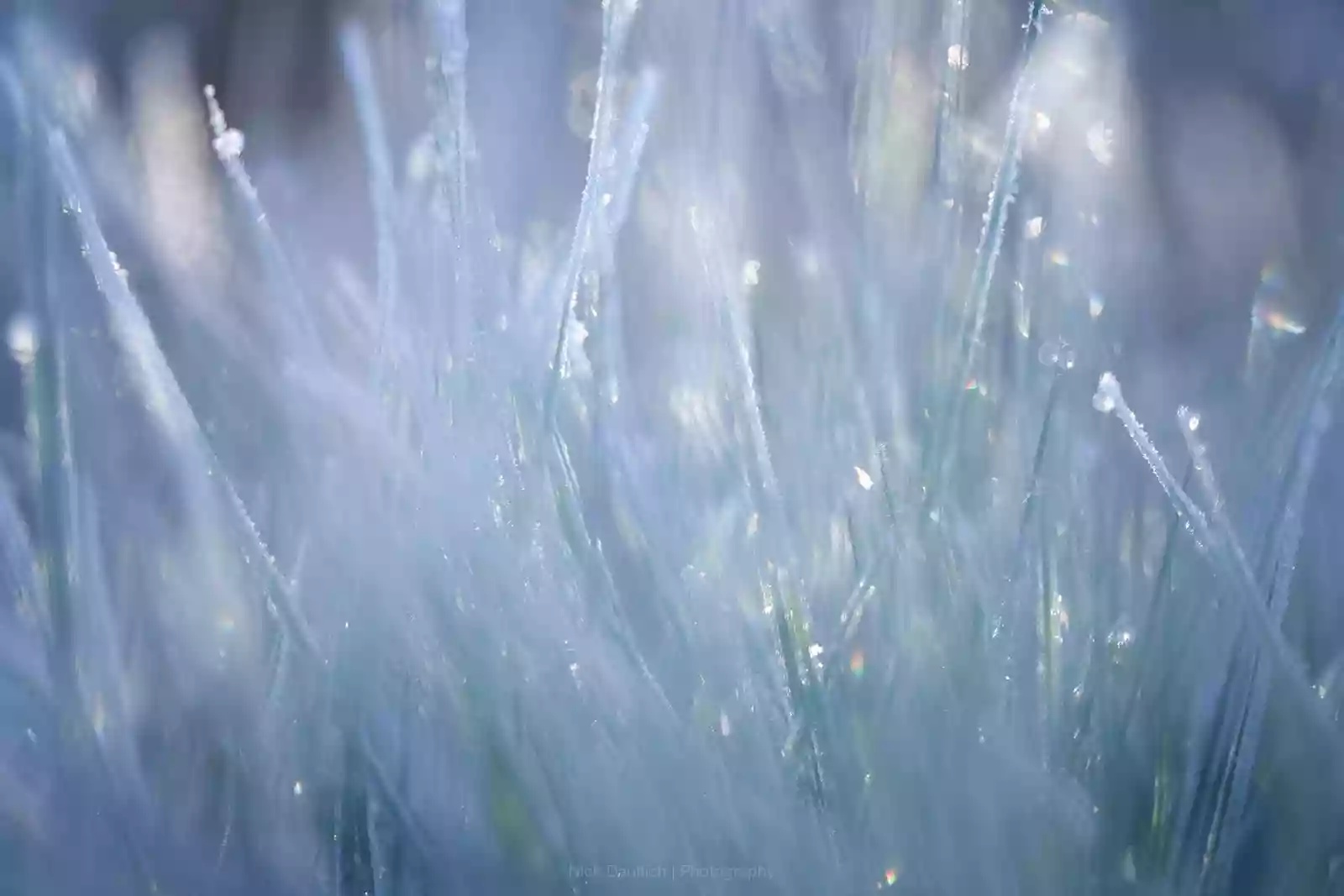
Nature subjects and creative ideas
Sharpness is often craved by photographers and the same goes with macro photography. Despite this, why not experiment with out of focus images and areas in your shots. Out of focus images can be dreamy, particularly when backlit or when there is a lot of bokeh potential, such as moisture from dew, frost or raindrops.
Think about your composition and where your plane of focus will be. If you are at the same height as your subject you may find the result more intimate than if you are standing above it. Try different positions to draw attention to your subject most naturally. Planes of focus can be used to draw the eye into the composition, create leading lines and isolate the subject.
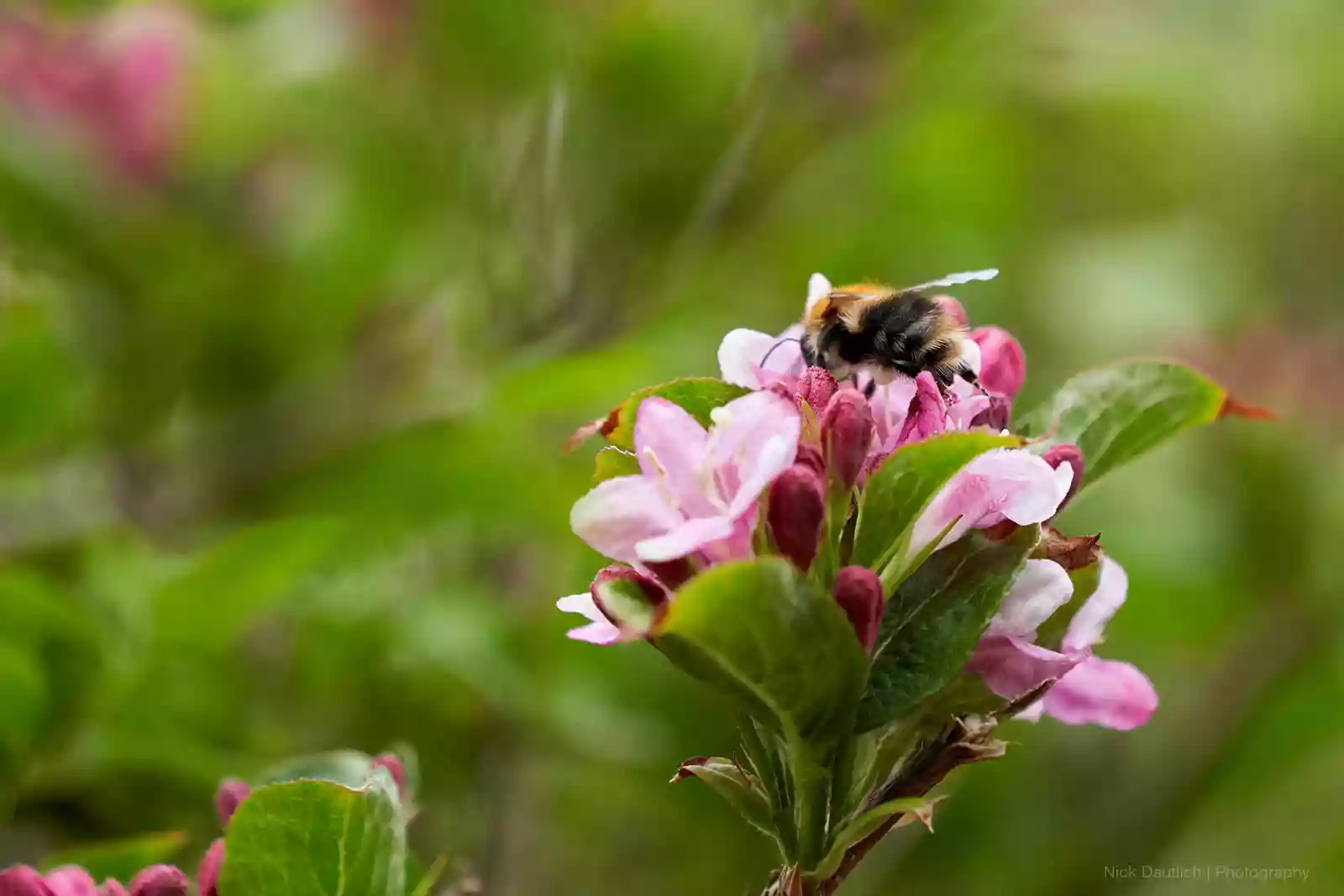
If you are photographing insects or anything with eyes, aim to get the eyes in focus. On the whole this is more natural than out of focus eyes which can lead to confusion about the subject. Be creative though and decide for yourself what looks best to you. Rules are there to be broken in any style of photography.
Here are some subjects which you may find around your garden or nearby walks;
- Flowers and blossom
- Fruits and seeds can have excellent shapes and texture
- Grass and brush - especially during dewy or frosty conditions
- Leaves and bark can make for interesting abstracts
- Insects including bees, butterflies and beetles to name a few
- Subjects with interesting patterns or details such as decomposing leaves or fallen feathers
Take your time and seek out miniature interest in your immediate surroundings. Once you start looking it is amazing what you will find!
We hope you enjoyed this post. Why not read some of our other ideas and projects in this series such as:
- More than 10 Garden bird photography tips
- Video gear for vlogging and streaming
- Editing photos with Capture One and Wacom tablets
You might also be interested in my recent post about manual focus lenses which may be of interest if you are considering macro photography.
Share this post:
By Nick Dautlich on 07/04/2020
Nick Dautlich
Senior Content Writer and Product Reviewer
Nick Dautlich is the Senior Content Writer and Product Reviewer at Park Cameras, with over 15 years of photography experience. A Sony Imaging Professional and expert reviewer, Nick has worked with major brands such as Canon, Sony and Nikon. His work is also featured on Vanguard World UK’s website, Capture Landscapes, and Shutter Evolve. Nick’s photography includes National Trust projects and magazine covers and he is passionate about landscapes and storytelling. Nick also enjoys hiking and teaching his children about nature. Learn more on his profile page.

Trade in your old equipment
Fast and easy trade in service ensures your old gear is collected efficiently and you are paid quickly! It's very simple to trade in your unwanted photography gear. Just head over to our dedicated Sell or Part Exchange page, fill out the details, and we'll get back to you with an offer for your old gear. Take the cash, or put it towards the cost of your new gear. It's up to you! Find out more
sign up to the newsletter
Keep up to date on the latest photography news, events and offers. Sign up now
